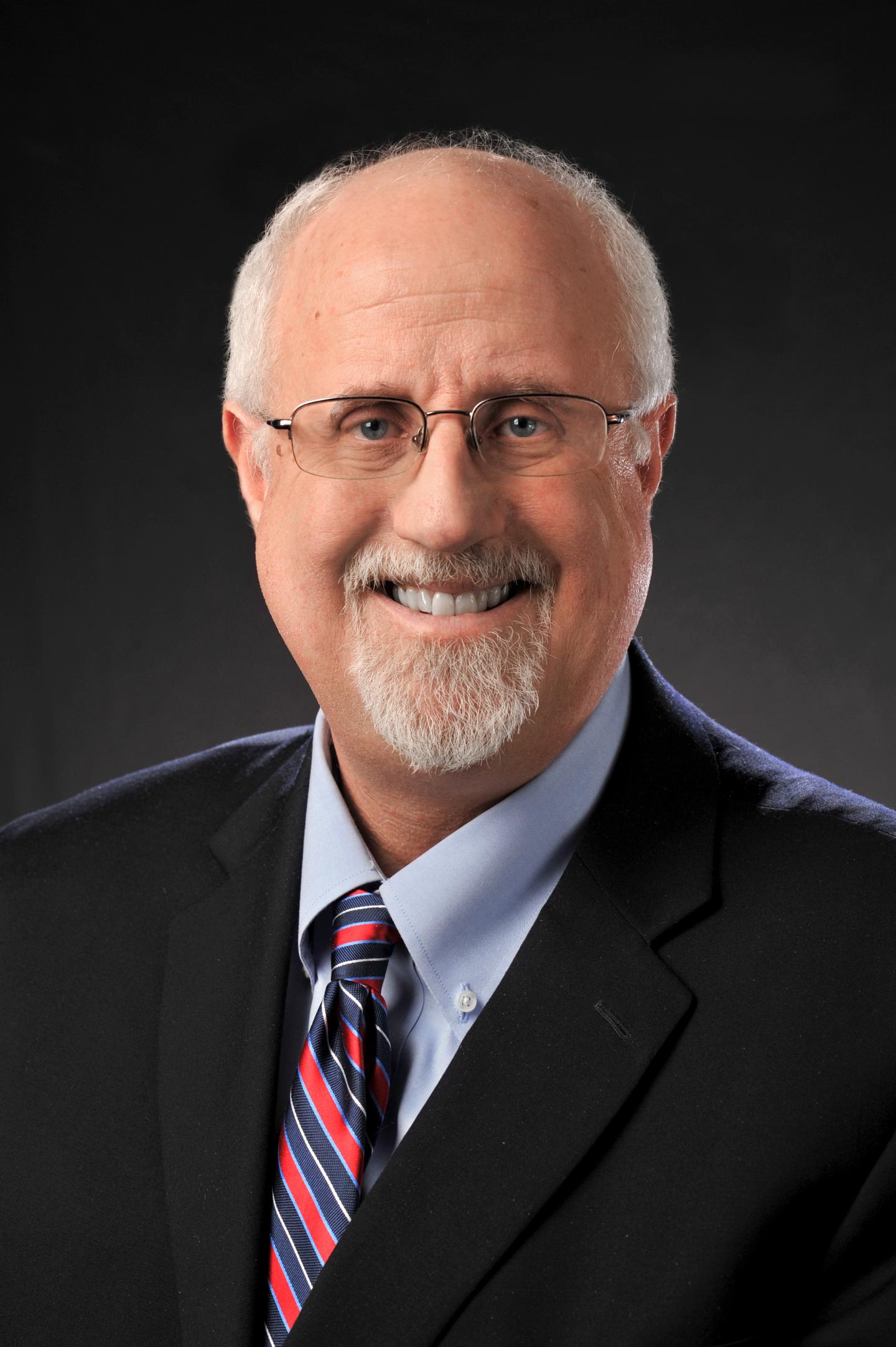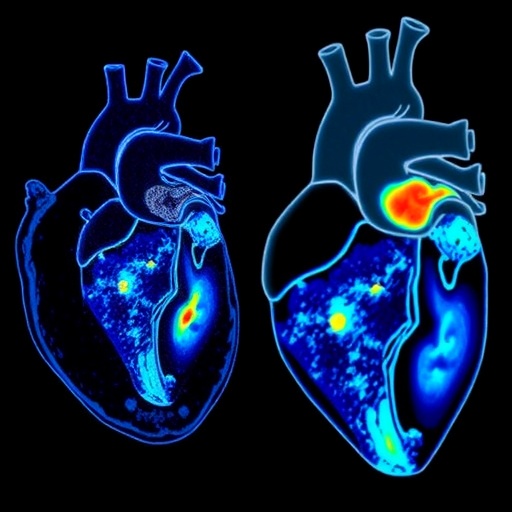Legionella Conference hosted by NSF International and NEHA brings together international experts to explore the relationship between water conservation and microbiological hazards in building water systems

Credit: US Centers for Disease Control and Prevention
ANN ARBOR, Mich. (July 9, 2019) – Pat Breysse, Ph.D., Director of the U.S. Centers for Disease Control and Prevention (CDC) National Center for Environmental Health and Agency for Toxic Substances and Disease Registry, will deliver the keynote address at Legionella Conference 2019, to be held Sept. 11-13 in Los Angeles.
Dr. Breysse, who leads CDC’s efforts to investigate the relationship between environmental factors and health, will open the conference on Sept. 11. Hosted by NSF International and the National Environmental Health Association (NEHA), Legionella Conference 2019: Building Water Systems – The Sustainability & Public Health Nexus will explore complex water systems, cooling towers, proactive water quality monitoring and related public health topics.
“Dr. Breysse is a recognized national leader moving the nation toward a model for managing Legionella risks. His commitment to improved prevention and response strategies at CDC is critical to reversing the rising trend of Legionnaires’ disease,” says Kevan Lawlor, President and CEO of NSF International.
“Dr. Pat Breysse’s participation reflects the CDC’s high level of concern for legionellosis as a preventable illness. His leadership and his agency’s technical support are essential to the health of the nation,” says Dr. Dave Dyjack, Executive Director of NEHA.
Dr. Breysse will talk about Legionella and building water systems. The U.S. is now in a fight against infection, and he will highlight innovative strategies and projects that CDC and partners are working on to combat it.
“Legionnaires’ disease can be prevented with effective water management programs. Improving uptake of these programs will require multidisciplinary public health input at the federal, state and local levels. This conference brings together public health, industry and academic professionals to discuss prevention approaches,” says Dr. Breysse.
Dr. Breysse joined the CDC in 2014 as Director of the National Center for Environmental Health and the Agency for Toxic Substances and Disease Registry. In 2016, the CDC published a Legionella toolkit, Developing a Water Management Program to Reduce Legionella Growth & Spread in Buildings. Under Dr. Breysse’s leadership, the CDC has prioritized work on exposure to lead and safe drinking water, and initiated new actions to address exposure to hazardous chemicals, in particular per- and polyfluorinated substances (PFAS). He has also played a critical role in the CDC’s emergency preparedness and response to natural disasters and chemical exposures.
He previously conducted research for Johns Hopkins University, where his work focused on the evaluation and control of chemical, biological and physical factors that can affect health, with a concentration on risk and exposure assessment.
Dr. Breysse earned his Ph.D. in environmental health engineering from Johns Hopkins University in 1985 and completed postdoctoral training at the British Institute for Occupational Medicine in Edinburgh, Scotland. He is also a board certified Industrial Hygienist.
At the conference, international experts from government agencies, universities, hospitals and private laboratories in 11 countries will come together to explore the relationship between water conservation and microbial contamination prevention in building water systems.
In large, complex human-made water systems that are not adequately managed, Legionella bacteria can multiply to quantities large enough to cause Legionnaires’ disease, a serious and sometimes fatal pneumonia that has increased more than five-fold between 2000 and 2018, according to the CDC. To cause disease, Legionella must be aerosolized via some device–like a showerhead, a cooling tower (a structure with fans and water located outside of buildings that is part of the centralized air-cooling systems), a hot tub or a decorative fountain–and transmitted to a susceptible host. Interestingly, water conservation efforts can sometimes have the unintended consequence of amplifying Legionella bacterial growth, which is why finding the optimal conditions to minimize bacterial regrowth is key. Fortunately, effective water management programs in buildings at increased risk for Legionella growth and transmission can reduce the risk of Legionnaires’ disease.
Technical pre-conference workshops will focus on public health officials’ responses to Legionnaires’ disease outbreaks, case studies and new technology reviews.
The conference will be held at the Los Angeles Westin Bonaventure. Visit Legionella Conference 2019 for a full list of speakers, topics and other details.
Editor’s Note: For media interviews, please contact Thomas Frey, APR, at +1.734.214.6242 or [email protected].
NSF International is celebrating 75 years of protecting and improving human health. The global public health organization facilitates standards development, and tests and certifies products for the food, water, health sciences and consumer goods industries to minimize adverse health effects and protect the environment. Founded in 1944, NSF is committed to protecting human health and safety worldwide. With operations in 180 countries, NSF International is a Pan American Health Organization/World Health Organization (WHO) Collaborating Center on Food Safety, Water Quality and Indoor Environment.
The National Environmental Health Association (NEHA) currently serves over 5,500 members to advance the environmental health and protection professional for the purpose of providing a healthful environment for all. Professionals who earn a Registered Environmental Health Specialist/Registered Sanitarian credential from NEHA are recognized as having achieved an established standard of excellence. These environmental health professionals master a body of knowledge (which is verified by examination) and acquire sufficient experience to satisfactorily perform work responsibilities in the environmental health field.
###
Media Contact
Thomas Frey
[email protected]
Original Source
https:/




